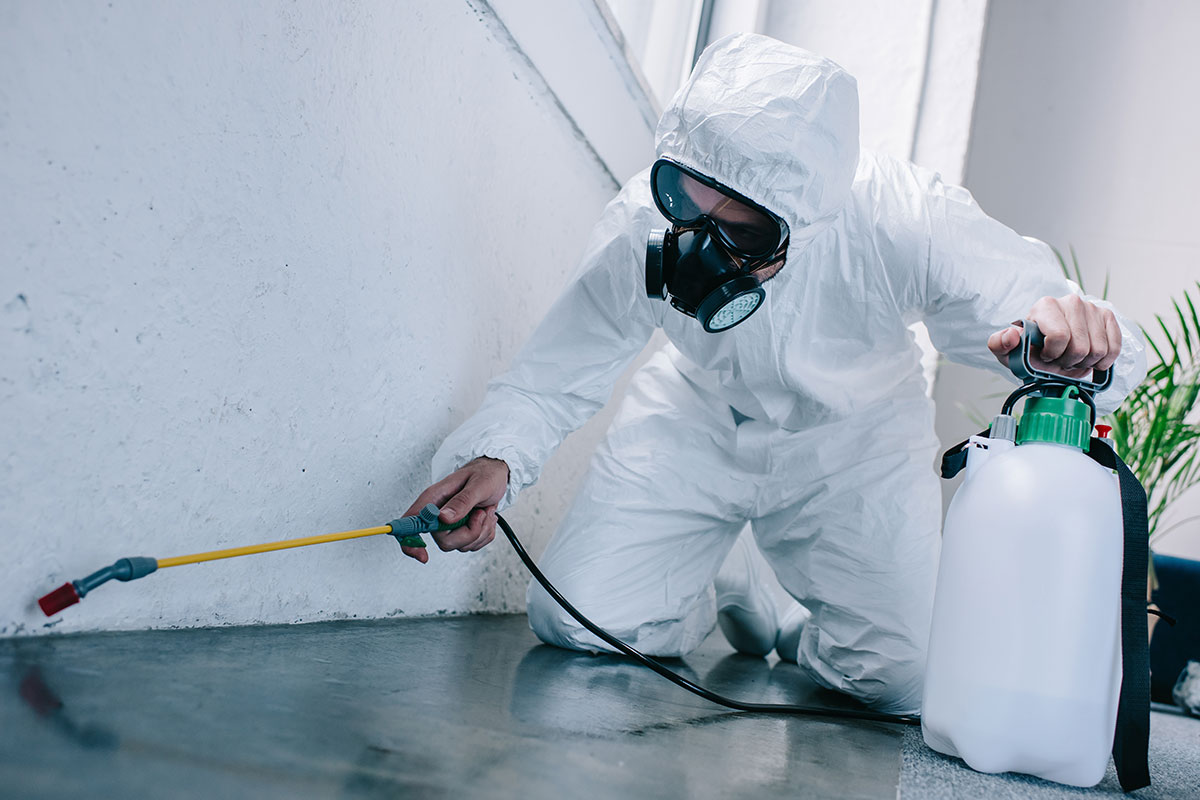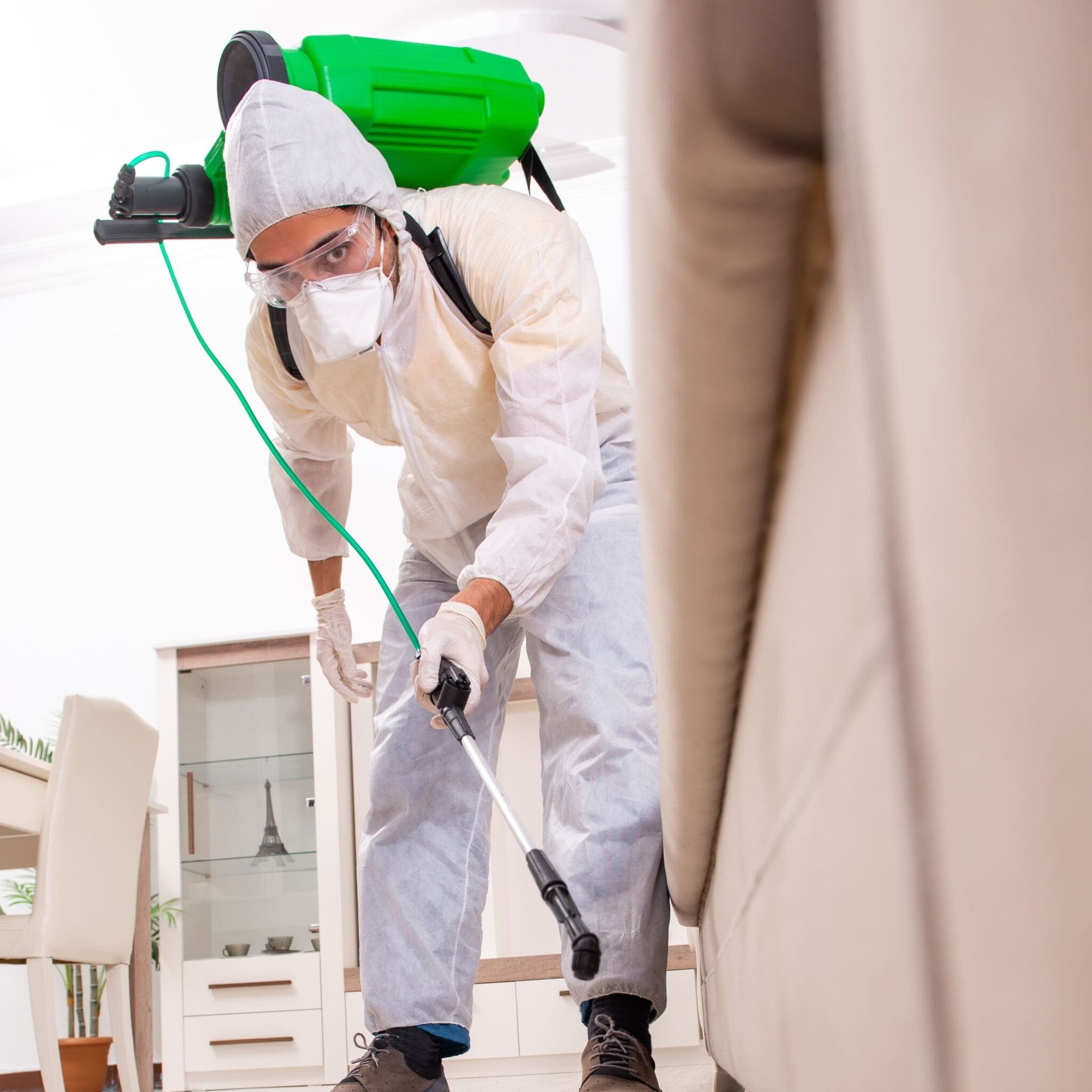Parasite Control 101: Identifying Common Vermin and Their Efficient Therapies
Parasite control is an essential aspect of maintaining a healthy and balanced living environment. Usual bugs like ants, rats, and different bugs can position considerable challenges. Understanding their actions and indicators of invasion is necessary for reliable management. While chemical solutions exist, there are likewise all-natural options worth considering. As one discovers the subtleties of bug identification and therapy choices, the relevance of prevention techniques becomes increasingly apparent. What methods can absolutely maintain insects at bay?
Determining Ants: Types and Their Environments
Ants, tiny yet awesome pests, are a diverse team that can be located in various environments throughout the world. There more than 12,000 identified types, each showing special actions and adaptations. Common kinds include the black yard ant, which grows in temperate locations, and the fire ant, recognized for its agonizing sting, common in warmer regions. Carpenter ants like damp wood, making them an issue for homeowners, while odorous home ants are attracted to human food sources.
Ants construct intricate nests, often below ground, in timber, or within frameworks. Their environments range from woodlands to metropolitan settings, showcasing their versatility. The majority of varieties are social, living in nests that can vary in size from a couple of lots to millions. Recognizing the kind of ant is crucial for reliable bug administration, as each types has various nesting behaviors and foraging behaviors that affect control techniques. Recognizing their habitats help in avoidance and treatment efforts.
Acknowledging Rodents: Indicators of Invasion
Rats, like ants, can present considerable difficulties for businesses and homeowners alike. Recognizing indications of a problem is necessary for efficient parasite control. Usual indications consist of droppings, which are usually discovered near food sources or nesting locations; tiny, dark pellets that can be misinterpreted for seeds. Eaten cords, furnishings, or packaging may likewise indicate a rodent visibility, as they continually chomp to maintain their teeth convenient. In addition, home owners might discover gnaw marks on walls or wall surfaces. Unpleasant smells, coming from urine and droppings, can indicate a bigger problem. Damaging or hurrying sounds, especially at evening, are another dead giveaway of rodents. The presence of nests, commonly made up of shredded materials like paper or fabric, can confirm an invasion. Dealing with these indicators quickly can help reduce damage and prevent the spread of conditions linked with rats.
Usual Bug Pests: From Aphids to Termites
Bugs stand for a varied group of bugs that can create chaos in yards and homes, with types ranging from small aphids to harmful termites. Aphids are small, sap-sucking insects that can quickly infest plants, resulting in stunted development and distortion. They usually attract ants, which shield them from all-natural predators. On the other end of the spectrum, termites are infamous for triggering significant architectural damages to wooden structures. They consume cellulose located in wood, jeopardizing the stability of homes and structures. Various other typical insect parasites consist of cockroaches, which grow in unsanitary conditions, and vermins, known for their attacks and problem in eradication. Flies, especially houseflies, can infect food and transmit illness, while insects position health threats with their bites. Efficient parasite management starts with determining these pests and recognizing their actions, which is crucial for avoiding invasions and protecting both home and health.
Efficient Treatments: Chemical and Natural Solutions
While property owners usually seek prompt alleviation from parasite problems, picking the right therapy-- whether chemical or all-natural-- needs mindful consideration of effectiveness and security. Chemical remedies, such as chemicals and pesticides, can offer fast results however usually bring dangers, consisting of potential injury to non-target species and ecological problems. Home owners must read tags, follow application standards, and think about the timing of treatments to minimize risks.
On the other hand, natural options, such as diatomaceous planet, essential oils, or homemade catches, attract those seeking environment-friendly choices. They might take longer to reveal results, many natural treatments are much safer for households with youngsters and family pets. Integrated insect monitoring, which integrates both chemical and all-natural approaches, can also work. Ultimately, the choice in between these therapy kinds must straighten with the extent of the invasion, personal values concerning safety and security, and the specific parasite being targeted
Prevention Techniques: Keeping Your Home Pest-Free

Additionally, proper landscape design can hinder parasites; maintaining shrubs cut and getting rid of particles from the backyard minimizes concealing places. Home owners ought to also think about dampness control, browse this site as many bugs prosper in wet problems. Repairing leakages and making certain appropriate drainage can minimize this danger. Lastly, utilizing natural deterrents, such as vital oils or diatomaceous planet, can develop an undesirable atmosphere for pests. By carrying out these approaches, people can produce a pest-free home and minimize the likelihood of future invasions.
Frequently Asked Questions
Just how Do I Know if I Have a Parasite Problem?
Indications of a pest problem consist of droppings, munch marks, nests, or unusual noises. Observing harmed food or property, in addition to unexplained bites or rashes, might likewise show the presence of insects in the environment.
Are There Any Type Of Seasonal Bug Trends to Be Mindful Of?

Can Indoor Plants Draw In Pests?
Interior plants can without a doubt bring in insects, as they offer a suitable environment for bugs like aphids and spider mites. Pest Control Homestead. Proper care and normal inspection are necessary to maintain and protect against infestations plant health and wellness
What Are the Health Risks Connected With Bug Infestations?
Bug problems position different health and wellness risks, consisting of allergies, breathing issues, and the spread of illness. Direct exposure to pests like pests and rats can lead to infections, attacks, and contamination of food and living settings.
How Typically Should I Check My Home for Pests?
Normal assessments should occur at the very least when every season, making certain any kind of signs of pest task are discovered early. House owners might readjust regularity based upon their particular atmosphere and previous pest problems. Uniformity is essential.
Usual parasites like ants, rodents, and different pests can present considerable visit their website difficulties. Recognizing the kind of ant is necessary for reliable insect monitoring, as each species has different nesting routines and foraging behaviors that affect control approaches. While property owners commonly look for immediate relief from pest problems, picking the appropriate therapy-- whether chemical or natural-- requires careful factor to consider of efficiency and safety. Effective parasite control extends beyond prompt treatments; it additionally entails positive actions to protect against infestations prior to they begin. Seasonal bug patterns typically include boosted rodent task in autumn as they seek heat, while spring typically brings an influx of termites and ants.